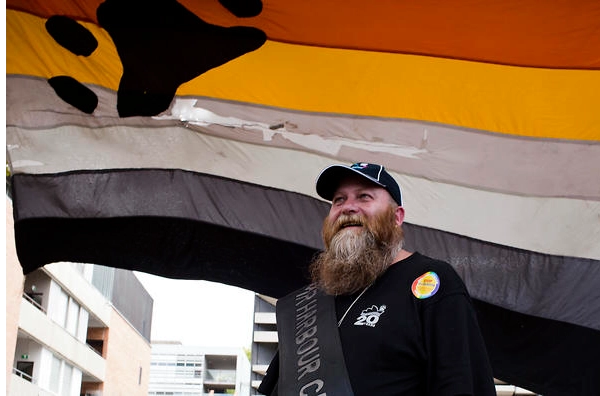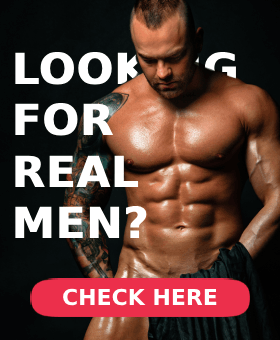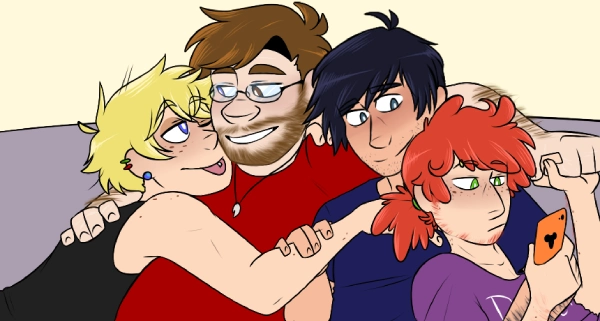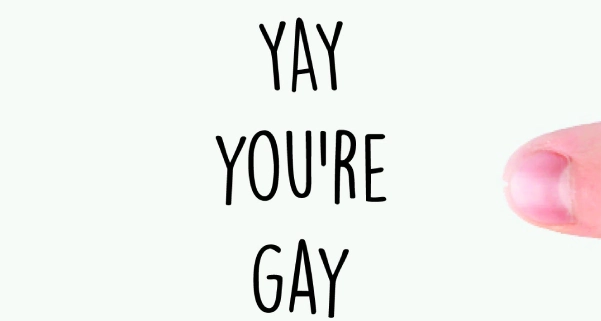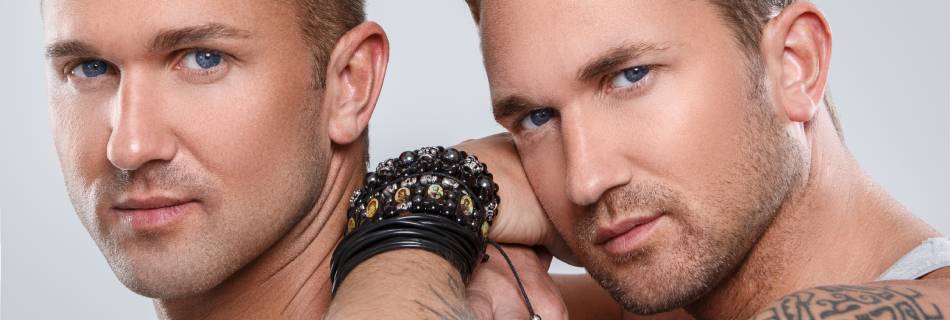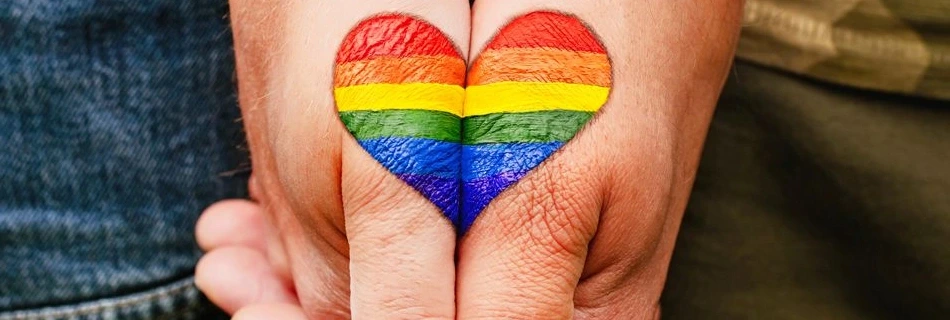
- › Explore How Height Affects the Experience of Being Gay in Society
- › Discuss Potential Implications of Tall Stature on Dating Dynamics Within the LGBTQ+ Community
- › Impact of Stereotypes on Tall Gay Men's Well-being
- › Addressing Stigmas and Prejudices Against Tall Gay Men
- › Evaluating Gender Norms' Impact on Tall Gay Men
Being tall and being gay are two separate things and do not necessarily have any correlation. Being tall is simply a physical characteristic, while being gay is a sexual orientation. Therefore, the phrase "tall gay men" does not have any specific meaning or connotation.
Explore How Height Affects the Experience of Being Gay in Society
Height can play a significant role in the experience of being gay in society. Research has shown that tall men are generally viewed as more attractive, powerful, and successful. This can be particularly challenging for gay men who may already feel marginalized or excluded from mainstream society.
In the gay community, there can be a focus on physical appearance and body image, which can create pressure for gay men to conform to certain beauty standards. This can be especially difficult for taller men who may feel like they stand out in a crowd or are seen as less desirable than their shorter counterparts.
On the other hand, some tall gay men may use their height to their advantage and feel more confident and powerful in social situations. They may also be seen as more masculine, which can be desirable in the gay community.
Regardless of how height is perceived, it's important to recognize that everyone's experience is unique and valid. It's important to create a culture of inclusivity and acceptance in the gay community, regardless of physical appearance.
Discuss Potential Implications of Tall Stature on Dating Dynamics Within the LGBTQ+ Community
Tall stature can have both positive and negative implications on dating dynamics within the LGBTQ+ community, particularly for gay men. On one hand, being tall can be seen as an attractive trait and can increase one's chances of being noticed and approached by potential partners. However, it can also lead to heightism and unrealistic expectations in dating.
Tall gay men may face pressure to only date other tall men, which can limit their dating pool and create a sense of exclusion. Additionally, some may feel self-conscious or insecure about their height, which can impact their confidence and ability to approach potential partners.
There is also the potential for height to become a defining characteristic in a relationship, overshadowing other important factors like personality and compatibility. This can lead to superficial relationships that lack depth and connection.
Overall, while tall stature can be an attractive trait, it's important to recognize the potential implications on dating dynamics and strive for inclusivity and acceptance of all body types within the LGBTQ+ community.
Impact of Stereotypes on Tall Gay Men's Well-being
It is often assumed that being tall is a positive attribute, and this assumption can extend to gay men as well. Some may believe that tall gay men are more masculine or dominant, and therefore more desirable. However, positive stereotypes can still be harmful as they create unrealistic expectations and put pressure on individuals to conform to certain ideals.
For tall gay men, these positive stereotypes may lead to feelings of inadequacy or insecurity if they do not fit the mold. They may feel pressure to be more masculine or dominant than they naturally are, leading to a disconnect between their true selves and the image they feel they need to project. This can lead to mental health issues such as anxiety or depression.
Furthermore, the fetishization of tall gay men can also be damaging. If individuals are only valued for their physical attributes, it can be difficult for them to form genuine connections with others. This can lead to feelings of loneliness and isolation.
It is important to recognize that all individuals, regardless of their height or sexual orientation, are complex and multidimensional. Positive stereotypes may seem harmless, but they can still have negative consequences. It is important to celebrate diversity and embrace individuals for who they truly are, rather than placing them in narrow boxes based on superficial characteristics.
Addressing Stigmas and Prejudices Against Tall Gay Men
Unfortunately, there are prejudices and stigmas that exist surrounding tall gay men. Some people may assume that all tall gay men are flamboyant or promiscuous, perpetuating harmful stereotypes. Additionally, there may be marginalization within the LGBTQ+ community itself, with some individuals valuing certain traits or appearances over others.
To confront negativity and marginalization, it's important to first acknowledge and understand these prejudices and stigmas. Educate yourself on the experiences of tall gay men and listen to their perspectives. Use your platform to amplify their voices and advocate for their rights and acceptance.
It's also important to challenge these harmful stereotypes and promote diversity within the LGBTQ+ community. This can be done through representation in media and entertainment, as well as promoting inclusivity in social settings and organizations.
Ultimately, combating negativity and marginalization requires a collective effort to promote understanding, acceptance, and equality for all members of the LGBTQ+ community, regardless of their height or any other characteristic.
Evaluating Gender Norms' Impact on Tall Gay Men
It is important to acknowledge that discrimination against tall gay men in LGBTQ+ spaces may stem from societal gender norms and expectations. These norms often dictate that men should be taller and more masculine, while women should be shorter and more feminine. As a result, tall gay men who do not conform to these norms may face discrimination and marginalization within the LGBTQ+ community.
Taller than average women and shorter than average men may also face similar discrimination, as they may not fit into traditional gender roles and expectations. This can lead to feelings of isolation and exclusion within the community.
To address this issue, it is important for the LGBTQ+ community to challenge and dismantle these gender norms and expectations. We must create inclusive spaces that value and celebrate diversity, including diversity in height and physical appearance.
Additionally, it is important for individuals to recognize and challenge their own biases and prejudices towards those who do not fit into traditional gender norms. By working towards greater acceptance and inclusivity, we can create a more welcoming and supportive community for all members, regardless of their height, gender, or other characteristics.


